Baking Soda vs. Baking Powder
- By Jennifer Segal
- Updated October 17, 2024
- 30 Comments
- Leave a Review

This post may contain affiliate links. Read my full disclosure policy.
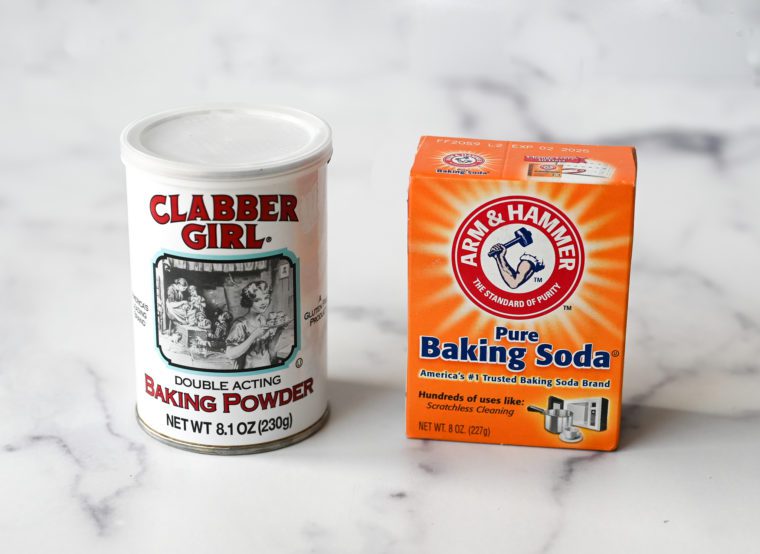
Baking soda vs. baking powder – what’s the difference? Both are leavening agents used in recipes to make baked goods rise without the need for yeast. Some recipes call for one and some for both. To understand why, it’s important to know how they are each activated and what they do differently.
When To Use Baking Soda
Baking soda (also known as sodium bicarbonate) needs acidic ingredients to activate, so it is used in baking recipes that contain buttermilk, brown sugar, molasses, lemon juice, sour cream, cocoa powder, etc. When it is combined with one of these acidic ingredients and liquid, it generates carbon dioxide gas bubbles (remember the baking soda and vinegar volcano experiment from science class?). These bubbles lift the batter, making baked goods rise. Baking soda also helps with browning and flavor. Because it is alkaline, it encourages the Maillard reaction, or chemical process responsible for creating that golden color and caramelized flavor that make everything taste better.
It’s important not to use too much baking soda in recipes, as it can result in a metallic, soapy flavor. It is much more powerful than baking powder – you only need about 1/4 teaspoon baking soda per cup of flour to leaven baked goods.
Examples of recipes that contain acidic ingredients and call for only baking soda:
When To Use Baking Powder
Baking powder, on the other hand, is a complete leavening agent, meaning it contains baking soda and acidic properties, so it is used in recipes that don’t contain acidic ingredients and needs only liquid to activate. When combined with liquid in a recipe, such as milk or water, baking powder releases gas bubbles, making baked goods rise. Today, most baking powder is double-acting, meaning it is activated twice: first when it is mixed with a liquid, and again when it is heated in the oven. Double-acting baking powder is best for home cooks because it is much more forgiving. Recipes using single-acting baking powder must be baked immediately after mixing, or the baking powder will lose its oomph. Double-acting baking powder gives the cook a bit more time and flexibility getting recipes into the oven.
Baking powder is not nearly as strong as baking soda, so you need a lot more of it when baking. For every 1 cup of flour in a recipe, 1 to 1½ teaspoons baking powder is needed for leavening.
Examples of recipes that don’t contain acidic ingredients and call for only baking powder:
When To Use Both
Some recipes, call for both baking powder and baking soda. These recipes typically contain some type of acidic ingredient, but baking soda alone is not enough to lift the volume of batter in the recipe so baking powder is added to pick up the slack. Another reason to use both leavening agents is that they affect flavor and browning differently. In my buttermilk biscuit recipe, for example, buttermilk is used partly for its flavor. Baking soda alone would neutralize all of the buttermilk’s acid, and you’d lose that subtle, pleasant tang. By cutting some of the baking powder with baking soda, some of the tangy flavor is preserved. The baking soda also encourages browning, giving the biscuits a nice golden color.
Examples of recipes that call for both baking soda and baking powder:
Baking Soda Vs. Baking Powder: More Useful Tips
- Some stores carry both single and double-acting baking powder. If the container is not clearly labeled, you can assume it is double-acting. Recipes won’t specify single or double-acting baking powder; you can assume you’ll need double-acting unless a recipe specifies otherwise.
- Baking soda and baking powder are not interchangeable.
- When baking, be careful about substituting one liquid for another (i.e. milk vs. buttermilk). When a recipe calls for milk, buttermilk is not an appropriate substitute because the two react differently with the leavening agents called for.
- Store baking soda and baking powder in a cool dark place like a cabinet. Because baking soda comes in packaging that isn’t resealable, after you open it, transfer it to a small airtight container to extend its shelf life.
How To Be Sure Your Baking Soda And Baking Powder Are Fresh
Baking soda and baking powder lose their effectiveness over time, so it’s a good idea to make sure they aren’t expired before baking. Check the date on the packaging to see if they’re still usable. You can also test them to see if they’re still effective. Here’s how:
Baking soda: Spoon some into a bowl (1/2 teaspoon is plenty), and add a splash of lemon juice or vinegar. If the mixture starts to fizz quickly and vigorously, it’s still good.
Baking powder: Spoon it into a bowl (again, 1/2 teaspoon is plenty) of hot water. If it begins to bubble it’s still effective.
You May Also Like
Comments
Add a Comment Cancel reply
This site uses Akismet to reduce spam. Learn how your comment data is processed.
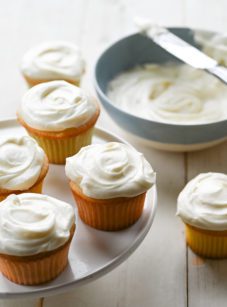
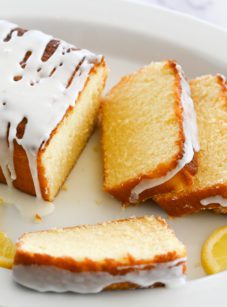
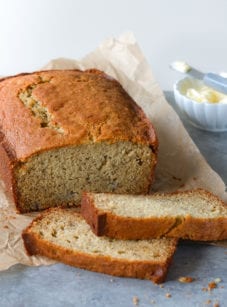
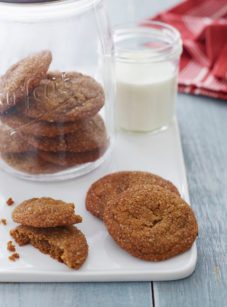
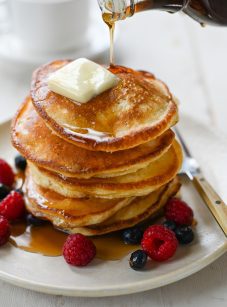

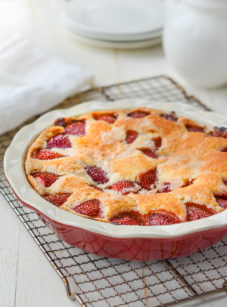

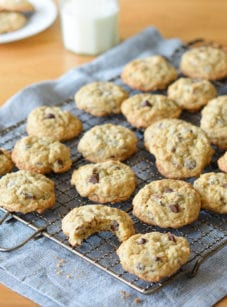
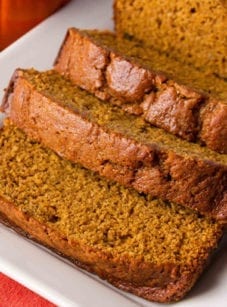

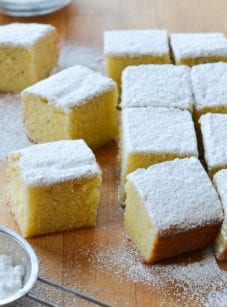
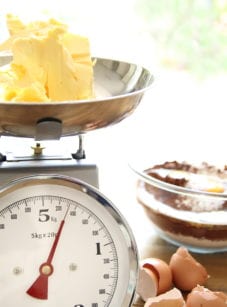
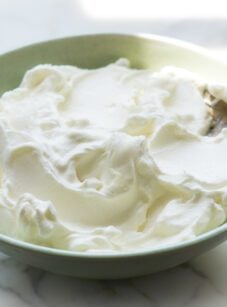
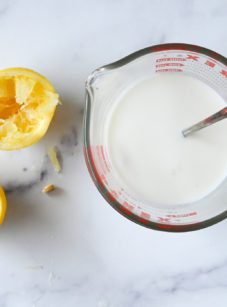
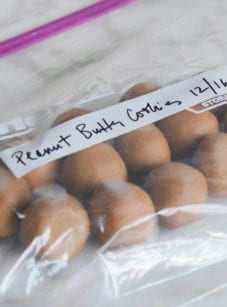
I’m told to tenderize pork chops before grilling by applying a baking powder/water paste. Any thoughts?
Hi Gerald, I see a few mentions online about using baking soda (not powder) combined with water, but I can’t say from experience as I’ve never tried it myself. I’d love to hear if you try it and find it helpful!
I’m well equipped now. Loved the infor on how to test if the ingredients haven’t expired
Always enjoy looking over the recipes in emails from you and continue to make your Coconut Macaroons as a family favorite! Thank you.
Thank you for this post! It’s always great as a home cook to learn the science behind a recipe to improve decision-making in the kitchen. Loved this post- thanks for posting it!
SUCH useful information! Thank you.
Thank you for this great article!
Another related question, I heard that baking powder has cream of tartar in it.
It does not say it in the ingredients.
Would you know if it does contain it? How would I know if it does or doesn’t?
Thank you
Nechama
Glad you found it helpful! It won’t show up on the label, but cream of tartar is made with similar ingredients to what you see on the ingredient list for baking powder.
The answer is if the ingredients don’t have some compound with the word “tartrate” in it, there is no cream of tarter. My baking powder here from
the grocery store has other acids in it, not cream of tarter (it has sodium aluminum sulfate and monocalcium phosphate).
Great work. thanks
Great blog. Am 89 yo and, people say, I am a great cook. I follow my mother (a Dietician) and Grandmother, survivor of the Depression, when cooks made do with what they had on hand or could afford. She was a fabulous cook and great culinary teacher. Both women said to always use double-acting baking powder — but NOT TO USE EITHER WITH ALUMINUM ADDED
Comment??
Glad you like the blog! I’ve never had an issue with an off/metallic taste from baking powder with aluminum (seems to be mostly an issue if you use too much of it), but some chefs do recommend aluminum-free. Problem is, many stores don’t carry it.